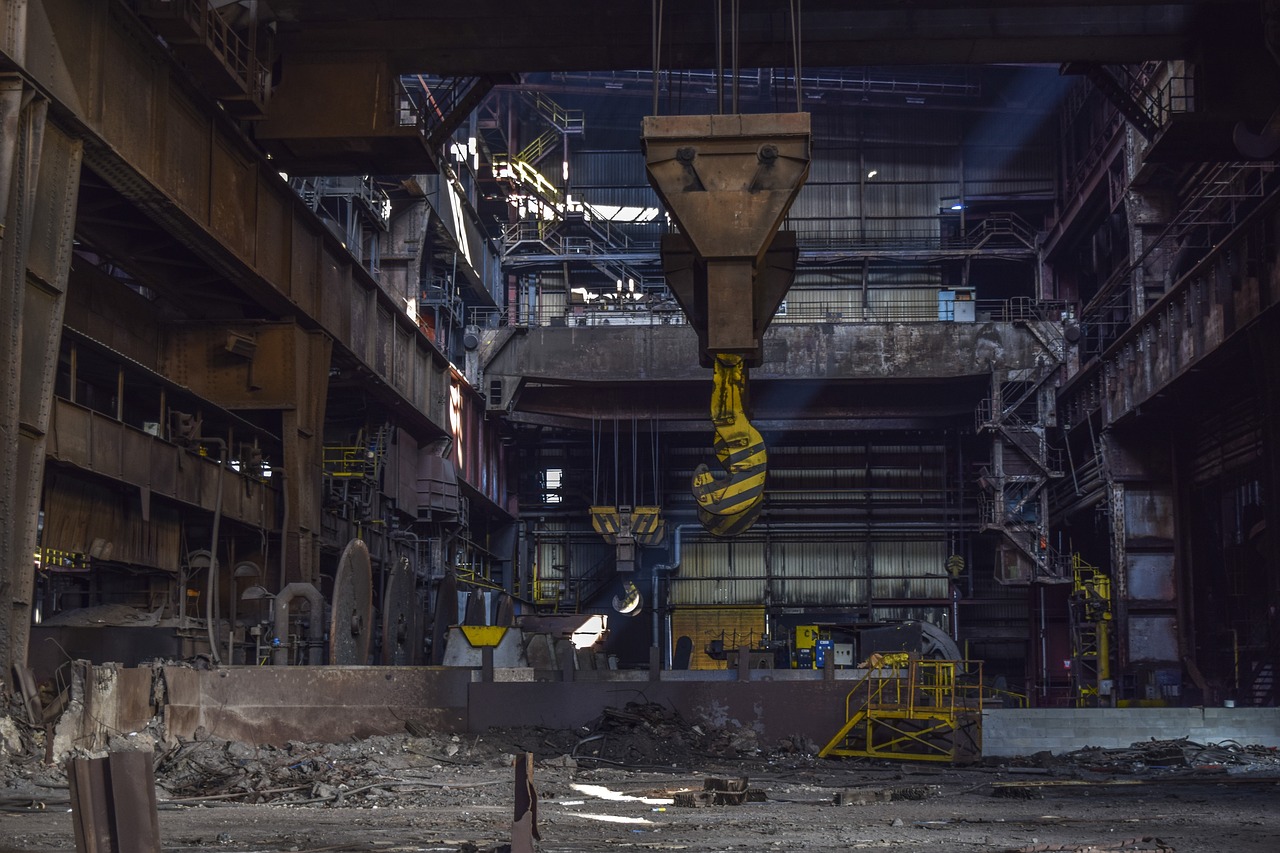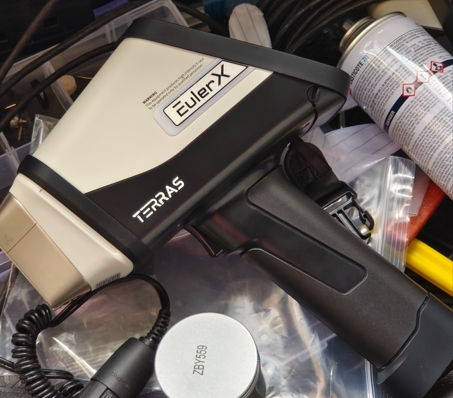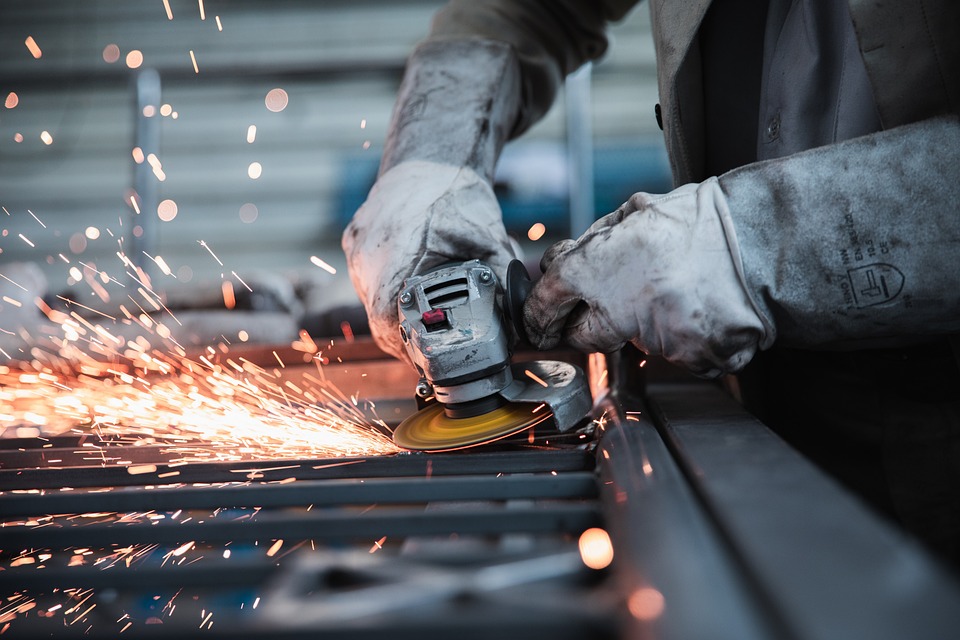
Metal Material
A high-tech enterprise focusing on the development and application of X-ray technology products, committed to becoming a leading supplier of X-ray industrial testing solutions.
Maximizing Efficiency with a Handheld XRF Analyser
In the fast-paced world of industrial manufacturing, mining, and material analysis, speed and accuracy are paramount. Enter the handheld X-ray fluorescence (XRF) analyser, a game-changer in the realm of elemental analysis. This compact, portable device allows for rapid, non-destructive testing of materials, ensuring that businesses can make informed decisions on the spot. Here, we'll explore how to maximize efficiency with a handheld XRF analyser, delving into its benefits, best practices, and industry applications.

The Power of Handheld XRF Analysers
Handheld XRF analysers are portable devices that use X-ray fluorescence to determine the elemental composition of materials. They work by emitting X-rays onto a sample, which then emits secondary (fluorescent) X-rays. These secondary X-rays are characteristic of specific elements, allowing the device to identify and quantify them. This technology has revolutionized many industries by providing several key advantages:
Portability: Unlike traditional laboratory equipment, handheld XRF analysers can be taken directly to the sample site, whether it's a remote mining location or a factory floor.
Speed: These devices provide nearly instantaneous results, allowing for real-time decision-making.
Non-Destructive Testing: XRF analysers do not damage the sample, preserving its integrity for further analysis or use.
Versatility: They can analyze a wide range of materials, including metals, plastics, ceramics, and soils.
Best Practices for Using Handheld XRF Analysers
To maximize the efficiency and accuracy of a handheld XRF analyser, it's important to follow best practices. Here are some tips to get the most out of your device:
1. Proper Calibration
Regular calibration is crucial for maintaining the accuracy of your XRF analyser. Use known standards to calibrate the device before each use. Many modern analysers come with automated calibration features, but manual calibration with certified reference materials can further enhance precision.
2. Sample Preparation
While handheld XRF analysers are designed for minimal sample preparation, ensuring a clean, flat surface can improve accuracy. Remove any surface contaminants such as dust, oils, or oxidation that might interfere with the readings.
3. Consistent Positioning
Hold the analyser steady and ensure consistent positioning relative to the sample. Using a stand or a tripod can help maintain a fixed distance and angle, reducing variability in measurements.
4. Adequate Measurement Time
Allow sufficient measurement time to ensure accurate readings. While XRF analysers provide quick results, longer measurement times can improve the signal-to-noise ratio, enhancing the reliability of the data.
5. Understand Matrix Effects
Be aware of matrix effects, where the presence of certain elements can affect the accuracy of detecting others. Advanced XRF analysers come with software that can correct for these effects, but understanding how they impact your results is beneficial.
Industry Applications
Handheld XRF analysers have found applications across numerous industries due to their versatility and efficiency:
1. Mining and Geology
In mining, XRF analysers are used for on-site exploration and grade control. Geologists can quickly determine the composition of ore and soil samples, aiding in the identification of mineral deposits and the assessment of mining viability.
2. Environmental Testing
Environmental scientists use handheld XRF analysers to detect contaminants in soil and water. This is particularly useful for monitoring pollution levels and ensuring compliance with environmental regulations.
3. Manufacturing Quality Control
In manufacturing, XRF analysers are employed for quality control and assurance. They help verify the composition of raw materials and finished products, ensuring that they meet specifications and standards.

4. Recycling and Scrap Sorting
The recycling industry benefits from XRF analysers by quickly sorting and identifying different types of metals in scrap materials. This enhances the efficiency of recycling processes and improves the quality of recycled products.
The EulerX 900 series has proved to be an excellent choice for metal analysis in a wide fields, providing fast, accurate results directly to the user. Thanks to its cutting-edge electronics and sophisticated mathematical algorithms, the EulerX 900 series ensures superior measurement quality within seconds. This makes it an ideal tool for inspecting and analyzing incoming materials, finished products, and in-process production parts in a non-destructive manner. Its simplicity of operation allows users to quickly view alloy grade and chemical composition on the touch screen display, achieving laboratory-quality analysis with minimal training and virtually no need for sample preparation, regardless of the sample is shape or size.
Conclusion
Handheld XRF analysers are powerful tools that can significantly enhance the efficiency of material analysis across various industries. By following best practices for calibration, sample preparation, positioning, measurement time, and understanding matrix effects, users can maximize the accuracy and reliability of their results. Whether in mining, environmental testing, manufacturing, recycling, or cultural heritage preservation, the benefits of these portable devices are undeniable. Embracing the capabilities of handheld XRF analysers can lead to faster, more informed decision-making, ultimately driving success and innovation in your field.
Join Us
Subscribe to our email list for updates & promotions.



